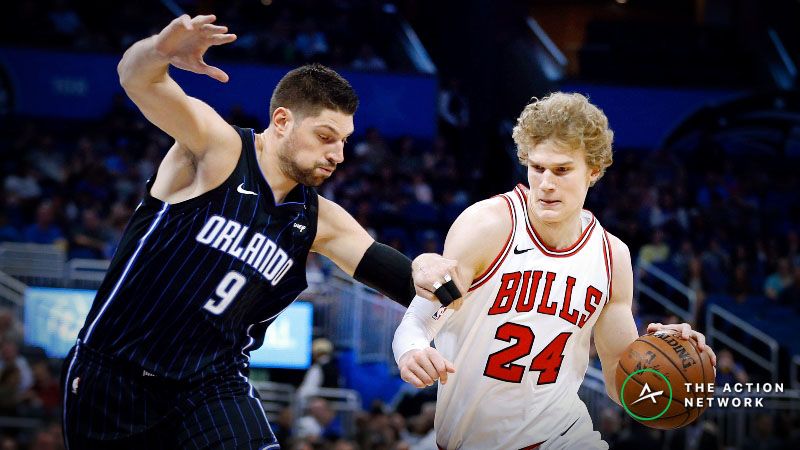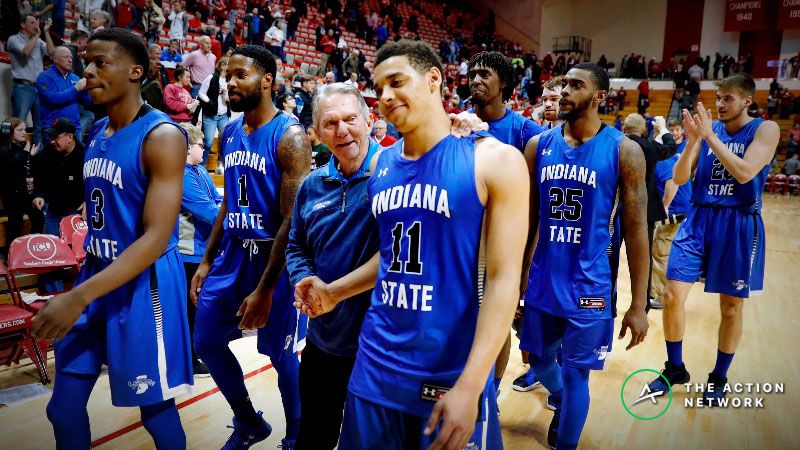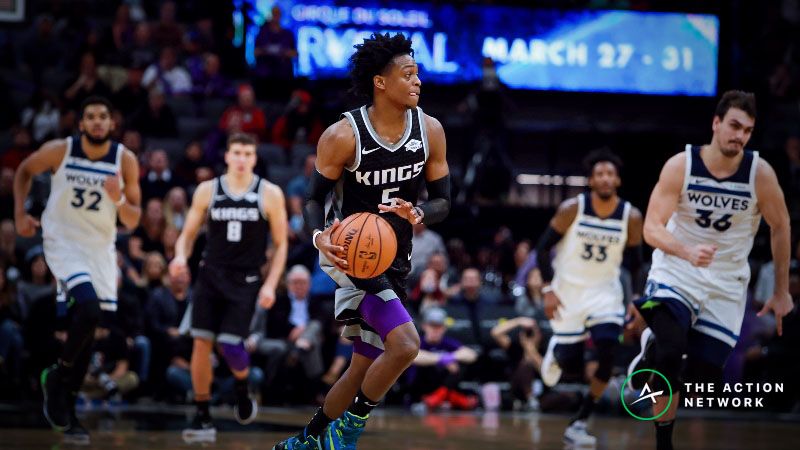“History Against Bucks” will continue to be covered after the All-Star break
The Milwaukee Bucks (43-14) have the best record in the NBA, rank fifth in offensive efficiency, first in defensive efficiency and lead the league in point differential (+9.8).
All-Star Giannis Antetokounmpo (+170) is one of the favorites to win NBA MVP, and at +1000 odds to do so Make it a point to bet on the Bucks to win the NBA championship.
The team’s success wasn’t just limited to the hardwood. At the All-Star break, no team in the NBA was more profitable against the spread (ATS) than Milwaukee. Giannis & Co. are 34-20-3 (63.0%) ATS. A $100 bettor would have made a profit of $1,209 in every game this season betting on the Bucks.
Milwaukee received 50% or more of the spread tickets in 48 of 57 games to start the season. Mike Budenholzer’s team hosts the Boston Celtics on Thursday (8 p.m. ET, TNT). The Bucks will be a popular bet, but can the team continue to cover after the All-Star break?
To answer this question I used this Bet Labs Database to retrieve preseason and postseason All-Star ATS records for each team over the past five seasons. I then used the correlation coefficient to determine whether there was a relationship between a team’s ATS record before and after the break.
A correlation coefficient of 1 indicates a perfect correlation, -1 means there is a perfect negative correlation, and 0 means no correlation.
The correlation coefficient between a team’s pre-All-Star ATS record and its post-All-Star ATS record is -0.002. This means there is no correlation and bettors should not expect the Bucks to continue covering the number more than 60% of the time.
Regression against proliferation
It’s rare for a team like the Bucks to have an ATS winning percentage of 60% or better before the All-Star break. Approximately 6% of teams in our database reached this number at this rate before the break. You might think that great teams like Milwaukee can continue their winning streak, but you’d be wrong.
All teams that posted 60% or better ATS before the All-Star break (average 63.0% ATS) did so in just 47.3% of games after the break.
Even the worst teams experience regression. That’s good news for the Phoenix Suns, who are the least profitable team in the league this season with an ATS record of 25-34 (42.4%).
Over the last five seasons, teams that hit 40% or less before the All-Star break (the teams average was 38.0% ATS) managed an ATS of 54.1% after the All-Star Game to reach.
Many factors contribute to this ATS regression, but the main influence is the adjustments made by the oddsmakers. Sports betting providers know which teams the audience wants to bet on.
The bookmakers then increase the odds accordingly, making it harder for good ATS teams to cover and easier for bad ATS teams to get to the ticket booth.
As the second half of the NBA season approaches, remember that a team’s ATS record is not predictive. A step backwards is coming for the best and worst ATS teams in the league.
This article was originally published on ActionNetwork.com from John Ewing. Sports Insights is part of The Action Network.




